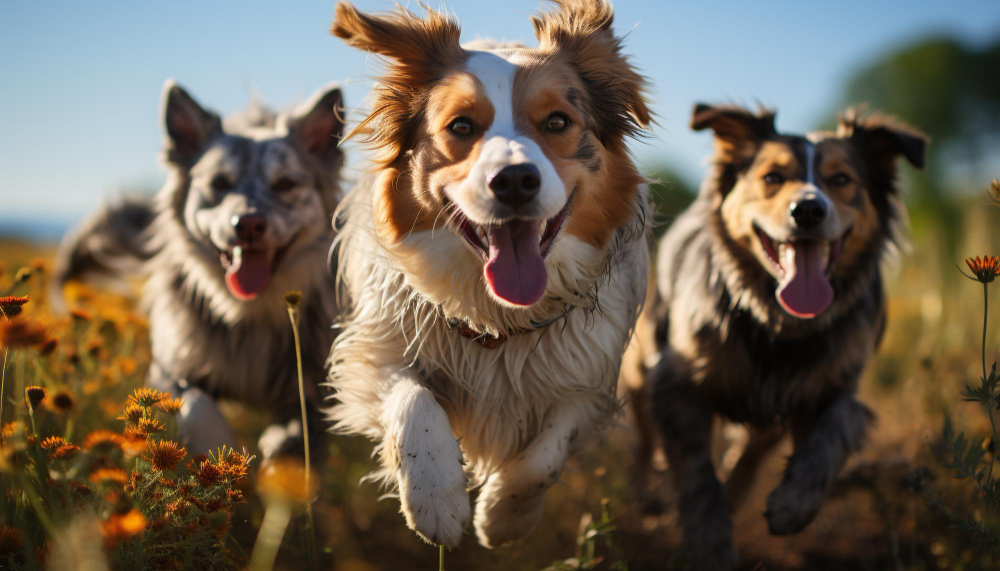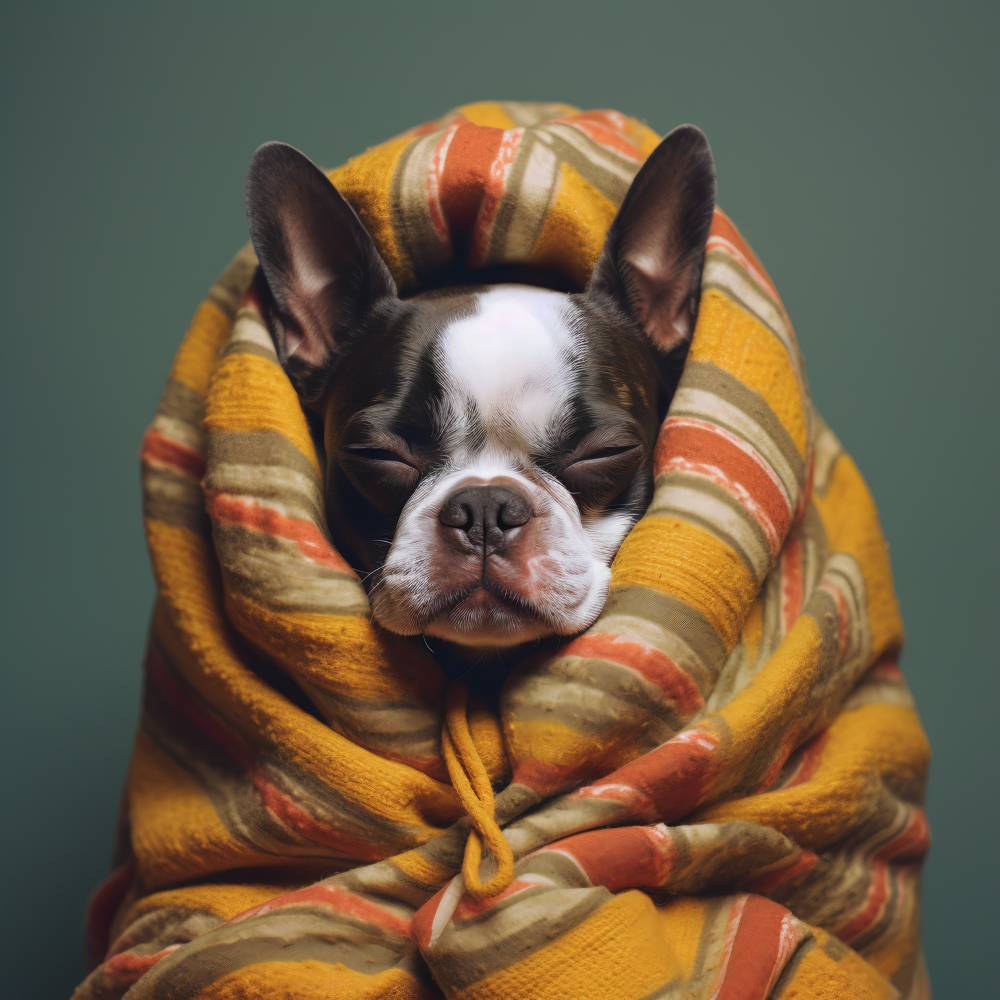Table of Contents
- Introduction
- Proper Nutrition for Winter
- Exercise and Outdoor Activities
- Dressing Your Dog for Winter
- Additional Winter Care Tips For Dogs
- Conclusion
Introduction
Winter is a beautiful season that brings forth snowy landscapes and cozy indoor moments. However, it also presents unique challenges when it comes to taking care of our four-legged friends. Dogs, just like humans, require special attention and care during the colder months to ensure their health and well-being. In this comprehensive guide, we will explore the best practices and winter care Tips for dogs, including important aspects like nutrition, exercise, home made treats for dogs and protective clothing. Whether you have a husky or any other breed, these guidelines will help you keep your furry companion safe and comfortable throughout the winter season.

Proper Nutrition for Winter
Proper nutrition is essential for maintaining your dog’s health during the winter months. The colder weather, combined with reduced activity levels, can affect their metabolism and overall well-being. Here are some key considerations when it comes to feeding your dog during winter:
1. Adjusting Portion Sizes
Since dogs tend to be less active during winter, it is important to adjust their portion sizes accordingly. Be mindful of any weight changes and consult with your veterinarian to determine the appropriate amount of food.
2. High-Quality Food
Opt for high-quality dog food that provides the necessary nutrients for winter. Look for options that are rich in protein and healthy fats to keep your dog’s coat and skin in top shape. Consider consulting with your vet for specific recommendations based on your dog’s breed and age.
3. Proper Hydration
During winter, it’s crucial to ensure your dog stays adequately hydrated. Although it may seem less appealing to drink cold water, make sure your dog always has access to fresh water. You can try using a heated water bowl or slightly warming the water to encourage drinking.
4. Supplement with Omega-3 Fatty Acids
Adding omega-3 fatty acids to your dog’s diet can provide numerous health benefits, particularly during winter. These fatty acids help reduce inflammation, support joint health, and promote healthy skin and coat. Consult with your vet on suitable supplements for your furry friend.
What to feed your dog during winter

Exercise and Outdoor Activities
Regular exercise is crucial for a dog’s overall well-being, regardless of the season. However, winter poses unique challenges when it comes to keeping your dog active and engaged. Here’s how you can ensure your furry friend gets sufficient exercise and outdoor time during the colder months:
1. Timing Outdoor Activities
Try to plan your dog’s outdoor activities during the warmest parts of the day, typically in the late morning or early afternoon. This will minimize their exposure to the coldest temperatures, reducing the risk of frostbite or hypothermia.
2. Engaging Indoor Exercises
On exceptionally cold days, when going outside is not a viable option, engage your dog in stimulating indoor exercises. Play games like fetch or hide-and-seek, use puzzle toys to challenge their minds, or practice obedience training to keep them mentally and physically active.
3. Shorter & Frequent Walks
If you can’t avoid taking your dog for walks in colder weather, consider shortening the duration while increasing the frequency. Multiple shorter walks throughout the day are preferable to one long walk, as they minimize exposure to freezing temperatures.
4. Protecting Paws
Winter walks often involve contact with snow, ice, and de-icing agents, which can irritate your dog’s paws. Consider using paw wax or protective boots to shield their paws from harsh elements and chemicals. After walks, wipe their paws clean to remove any residual agents.
How to exercise your dog indoors

Dressing Your Dog for Winter
While some dog breeds are naturally equipped to handle colder temperatures, others may benefit from additional protection in the form of clothing. Whether you have a husky or a different breed, here are some important considerations for dressing your dog during winter:
1. Assessing Breed-Specific Needs
Different breeds have varying levels of tolerance to the cold. Breeds like huskies and Malamutes have dense coats that provide insulation, making additional clothing unnecessary in most cases. However, shorter-haired breeds or small dogs may benefit from extra layers to keep them warm.
2. Choosing the Right Clothing (Best Winter Care Tips For Dogs)
When selecting winter clothing for your dog, opt for well-fitting, insulated jackets or sweaters. Ensure the clothing covers their chest, extends to the base of the tail, and fits snugly without restricting movement. Avoid clothing with loose buttons, zippers, or excessive embellishments, which could pose choking hazards.
3. Monitoring Comfort and Mobility
Once your dog is dressed in winter attire, observe their comfort level and mobility. They should be able to move freely without any restrictions or signs of discomfort. Pay attention to any signs of overheating, such as excessive panting or restlessness, and make adjustments accordingly.
4. Additional Protection for Paws
Aside from clothing, consider using boots designed specifically for dogs to protect their paws from cold surfaces, ice, and de-icing chemicals. Boots provide an extra layer of insulation and safeguard against injuries caused by sharp ice or salted sidewalks.
Additional Winter Care Tips For Dogs
In addition to proper nutrition, exercise, and clothing, there are several other important factors to consider when it comes to winter care for dogs. Here are some additional winter care tips for dogs to ensure your furry friend thrives during the colder months:
1. Maintain a Consistent Routine
Dogs thrive on routine, and maintaining a consistent schedule is especially important during winter. Stick to regular feeding times, exercise routines, and sleep schedules to provide a sense of stability and predictability for your dog.
2. Provide Adequate Shelter
If your dog spends time outdoors, make sure they have access to a well-insulated and dry shelter. Ensure the shelter is raised off the ground to prevent contact with cold surfaces and provide sufficient bedding in the form of blankets or straw to keep them warm.
3. Beware of Toxic Substances
Winter often brings the use of de-icing products, antifreeze, and other substances that can be toxic to dogs. Keep a close eye on your surroundings during walks and ensure your dog doesn’t come into direct contact with any hazardous chemicals.
4. Regular Grooming
Maintaining a regular grooming routine during winter is crucial, especially for long-haired breeds. Regular brushing helps remove dead hair, prevents matting, and allows for better air circulation close to the skin, ensuring optimal insulation and cleanliness.
Conclusion
As the winter season sets in, it’s important to prioritize the well-being and comfort of your furry friend. By following the guidelines and tips outlined in this blog post, you can ensure your dog receives the care and attention they deserve during the colder months. From proper nutrition and exercise to dressing them appropriately and providing a safe environment, these practices will help your dog stay healthy, happy, and protected from the winter elements. Remember to consult with your veterinarian for any specific concerns or advice tailored to your dog’s unique needs. Give your furry companion the love and care they deserve this winter, ensuring a season filled with joy and warmth for both of you.
Share your favorite winter activity with your dog in the comments below and let’s keep our furry friends safe and happy this winter season!

Wow, fantastic weblog format! How long have you ever been running a blog for?
you make running a blog glance easy. The whole look of
your site is great, as well as the content material!
You can see similar: najlepszy sklep and here najlepszy sklep
Your insights are very valuable.
I’ve been struggling with this topic, and your post really helped.
This is really well-researched.
Thank You